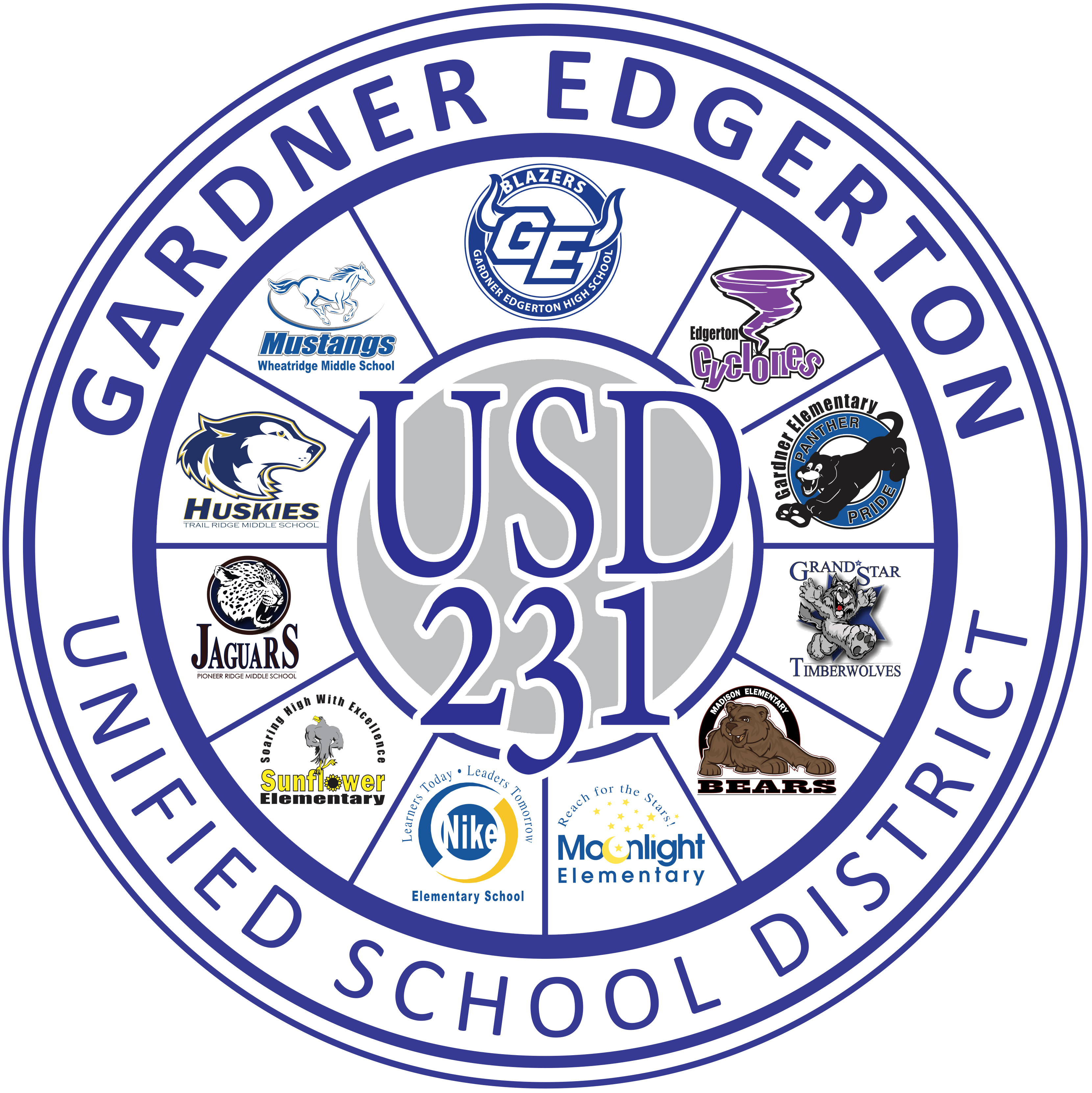Skip to content
Show submenu for Schools
Foundation
Show submenu for About Us
About Us
Show submenu for District Offices
District Offices
Alumni Hall of Fame
Show submenu for For Parents
For Parents
Show submenu for PowerSchool
Show submenu for Employment
Employment
Show submenu for Employee Resources
Employee Resources
Board of Education
Business and Finance
Community Relations
Educational Services
Instructional Resources
Human Resources - External Resources
Human Resources - Frequently Accessed Resources
PowerSchool
Skyward
Show submenu for Family Resources
Family Resources
Show submenu for Facility Request
Facility Request
Show submenu for
